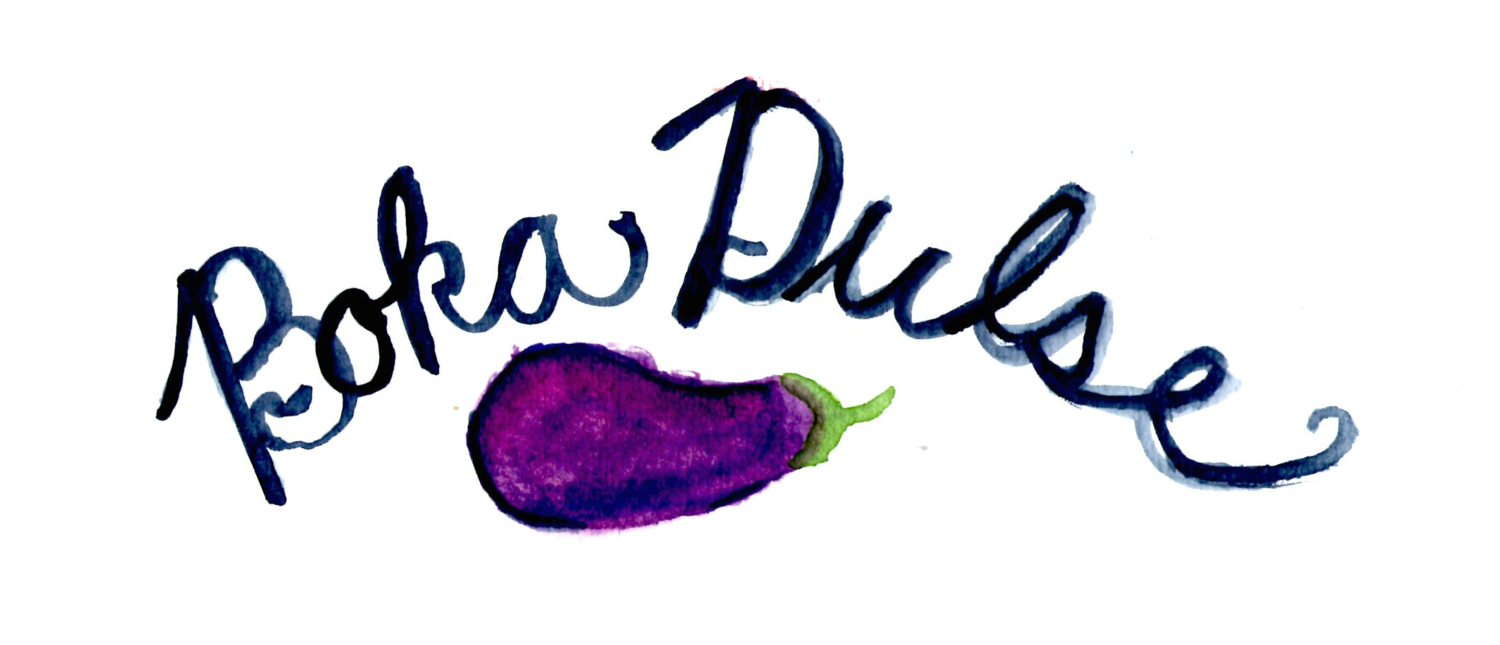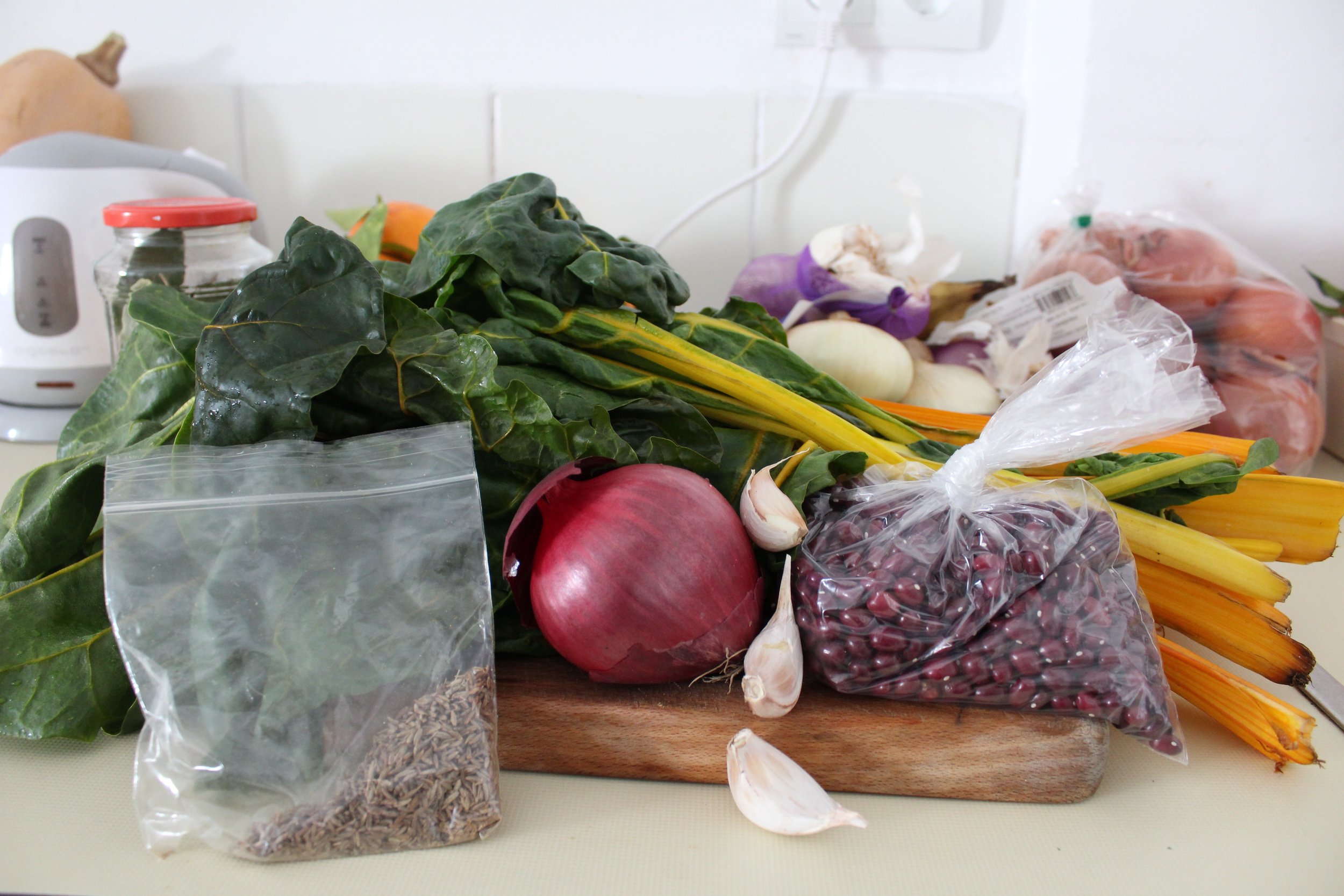Hello dear readers! I know it’s been quite a while since I last posted (almost three months now… yikes), for which I sincerely apologize, but I’ve been traveling to some amazing places and learning lots of cool new information that I’ll be sharing with you all over the next few weeks.
The Cathedral of Burgos in all its Gothic glory.
One of the city's Islamic gates.
The Gothic Monasterio de las Huelgas.
Of the trips I’ve taken in the last few weeks, I want to tell you today about one in particular: my trip to Burgos. This ancient city is the capital of the Burgos province, as well as one of the most important cities in the long history of the region of Castilla y León (here’s a map to give you an idea of where it’s located) and Spain in general. (Soon you can read more about it in the Travel section above!) As with many other Spanish cities, Burgos has seen its fair share of Muslim and Christian rulers; British, French, and Roman conquerors and soldiers that have trodden its hills; not to mention the ancient hominids that walked its grassy plains. But to me, Burgos stands out from other Spanish cities in the way it wears its millenia-long history: no matter where you go in this city, you can see the layers of its past. In that way, Burgos offers so much to the average visitor. It’s basically a microcosm for Spain’s entire history in one place.
I went to Burgos for the Fulbright program’s mid-year seminar. When we all arrived, we were greeted with a lovely welcome gift of red beans that are produced in the region and, of course, morcilla burgalesa (for the meat eaters among us). For just a moment, I’m going to explain the interest and importance of these two foods, as they have a great deal to do with the dish I have for you today. I’ll talk about the beans, which are specifically alubias rojas de ibeas, in a little bit, but let’s focus on the morcilla right now. For those readers who do not know, morcilla is a cured sausage made with pork meat and the blood of the pig – two products that come out of the traditional Castilian matanza (basically a big family party in which an entire pig is slaughtered and various products are made from its every part), and the both of which are suuuuuper treif (non-kosher) and often included in the classic dishes of the region. The Burgos version includes rice in its filling.
Alright, you ask, what does this have to do with Burgos? Well, quite a lot actually. Back in the Middle Ages, the city of Burgos was home to one of the most influential Jewish populations on the entire Iberian Peninsula. Even though the city was founded at the end of 9th century as a frontier town of the reconquering Christian rulers of the north, and was a preferred seat for Castilian crown family (including the infamous Isabel la Católica of Castile, who expelled the Sephardic Jews from Spain), there was always a sizable and influential Jewish community in Burgos. I was lucky enough to get the chance to explore the remnants of Burgos’ old Jewish quarter (which I will explain in greater detail in my next post), which produced industrious merchants, talented artisans, and, notably, advisors to the Catholic Castilian monarchs (including Isabel la Católica). In short, many important historical Jewish figures who contributed a great deal to the medieval history of the Iberian Peninsula.
Thus, I decided to make a recipe to honor the vibrant Jewish history of Burgos. The dish is a Sephardic take on the Burgos classic of olla podrida. The dish’s name literally means “rotten pot,” though according to the Diccionario Real de la Academia Española, olla podrida is a dish that, “aside from the usual meat, bacon, and beans, contains poultry, cured meats, and other succulent items.” Essentially, the typical olla podrida of Burgos is a long-simmered stew of non-kosher meats and beans, the key ingredients being the beautiful red beans and morcilla I mentioned earlier. During the time of the Inquisition, this stew became one of the ways that the recently converted judeoconversos (Jewish converts to Christianity) of Burgos could prove their commitment to the new Christian faith – through eating lots of non-kosher meat, of course.
While it’s delicious, I thought I’d forego the morcilla for a more kosher-friendly alternative to honor the Sephardic past of Burgos and the dish: swiss chard. Swiss chard and beans (certain types of beans are called judías, the word for Jews in Spanish – I’ll write more about this soon), incidentally, were thought to be two of the most characteristically “Jewish” ingredients in medieval Spain. Simmered slowly for hours with garlic, onion, bay leaf, and a hefty pinch of salt, these delicious red beans – which surely were a favorite of the Burgos Jewish community – become silky smooth and release a richly colored broth. Definitely a delicious tribute to the equally vibrant Jewish community of Burgos.
Olla Podrida a la Sefardita
This is a great make-ahead weeknight meal, best served with a vinegary salad and lots of crusty bread to soak up the delicious bean broth. Though it may seem strange to not soak the beans overnight, there’s really no need; after several hours simmering on the stove you’ll have a flavorful dish without the extra work. Just please don’t use pre-cooked beans; it won’t taste nearly as good. Serves 4-6.
1 ½ cups dried red beans (either alubias rojas or kidney beans would be fine)
3 tablespoons olive oil
1 medium red onion, chopped
3 cloves of garlic, whole and peeled
2 bay leaves
1 teaspoon za’atar or dried oregano
½ teaspoon whole cumin seeds, gently crushed
4 cups chopped swiss chard, stems included
Salt and pepper to taste
Rinse the beans, removing any stones. Set aside in a colander to drain.
Heat the olive oil over medium high heat in a 6-quart sauce pan or pot. Once it shimmers, add the red onion and sauté until they are softened, about 3 minutes. Then, add the three whole garlic cloves and cook for 3 more minutes. Next, add the bay leaves, za’atar or oregano, and cumin seeds and cook them for another few minutes so they toast and release their scent, about 2-3 minutes. Add the rinsed beans with a teaspoon of salt and ½ teaspoon freshly cracked pepper and sauté them, stirring to coat the beans in the aromatics, about 2 minutes more.
Add enough cold water to twice-cover the volume of the beans. Simmer, covered, for 2-3 hours, occasionally checking the done-ness of the beans. They are fully cooked through when they are tender but still hold their shape. 15 minutes before they are done, maintaining the heat of the stove at the same level, add the chopped swiss chard with an extra pinch of salt. The chard will release a touch more liquid, which will cook down as it wilts. Once the swiss chard is fully wilted, serve the dish hot with plenty of crusty bread or make ahead and reheat. It will keep in the fridge for up to two weeks and the freezer for about a month.



































